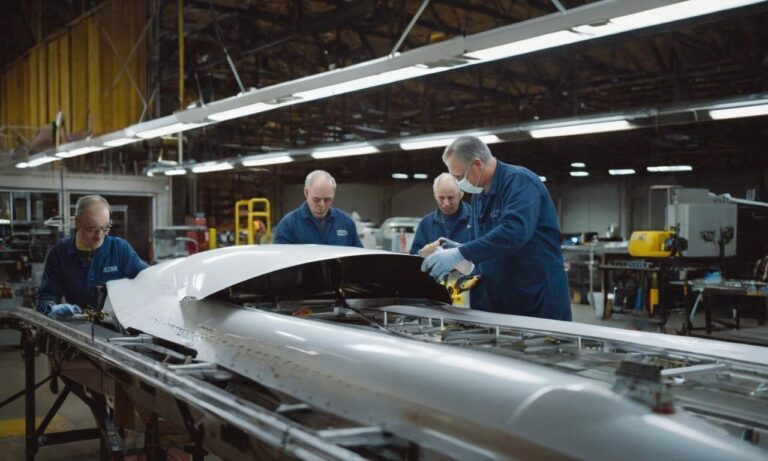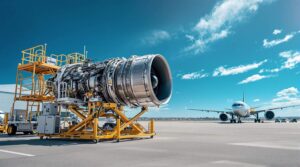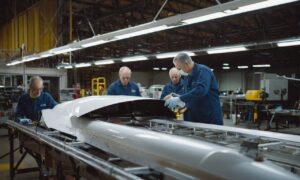ABS, or Acrylonitrile Butadiene Styrene, is a versatile polymer that has found widespread use in various industries. However, its origins trace back to a lesser-known purpose: aircraft development.
The evolution of ABS dates back to the early 20th century when engineers sought materials that could address the unique challenges of aviation. Aircraft demanded lightweight, durable, and heat-resistant components, sparking the exploration of new materials.
In this pursuit, ABS emerged as a promising solution due to its exceptional properties. Comprising a blend of acrylonitrile, butadiene, and styrene, this polymer exhibited remarkable strength while remaining lightweight—an ideal combination for aircraft construction.
The Role of ABS in Aircraft Development
ABS became integral in crafting various components critical to aviation. Its use extended to creating lightweight panels, housings for electronic equipment, and even in interior fixtures of aircraft.
The material’s ability to withstand impact made it particularly suitable for aviation purposes. It offered a balance of strength and flexibility, crucial in ensuring the structural integrity of aircraft components while withstanding the rigors of flight.
ABS: From Aviation to Diverse Applications
While initially developed for aviation, ABS quickly transcended its original purpose. Its exceptional characteristics led to widespread adoption in diverse industries.
Today, ABS is omnipresent, utilized in manufacturing household appliances, automotive components, consumer electronics, toys, and a myriad of other products. Its versatility stems from its ability to be molded into various shapes and its resistance to impact, heat, and chemicals.
Advancements and Innovations
As technology advanced, so did the application of ABS. Engineers and scientists continually refine this polymer, enhancing its properties and expanding its potential uses.
New blends of ABS have been developed to meet specific industry requirements. Modifications in its composition have resulted in variations like flame-retardant ABS, offering added safety in certain applications.
Conclusion
ABS, initially conceived for aircraft due to its remarkable properties, has evolved into a cornerstone material across industries. Its journey from aviation innovation to a ubiquitous presence underscores its adaptability and resilience, cementing its place in modern manufacturing.
The Legacy Continues: ABS in Modern Innovations
Continuing its trajectory from aviation, ABS remains at the forefront of modern innovations. Its adaptability has spurred breakthroughs in various fields.
One notable domain is in medical technology, where ABS is used to manufacture durable and sterilizable equipment. Its ability to withstand harsh cleaning agents without compromising structural integrity makes it ideal for healthcare settings.
Exploring ABS Variants and Applications
Amidst technological advancements, diverse variants of ABS have emerged, each tailored to specific industrial needs. These variants cater to specialized requirements, such as high-temperature resistance or enhanced UV stability.
| ABS Variant | Specialized Application |
|---|---|
| High-Impact ABS | Manufacturing safety helmets, protective gear |
| UV-Resistant ABS | Outdoor equipment, automotive exterior parts |
| ABS Alloy with PC | Electronic enclosures, computer components |
Frequently Asked Questions
- What are the primary industries that extensively use ABS today?
- How has ABS evolved to meet industry-specific demands?
- What are the key characteristics that make ABS a preferred material in various applications?






